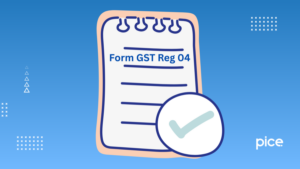How Did the Constitutional Framework of Indirect Tax Before GST?
- 11 Jul 25
- 12 mins
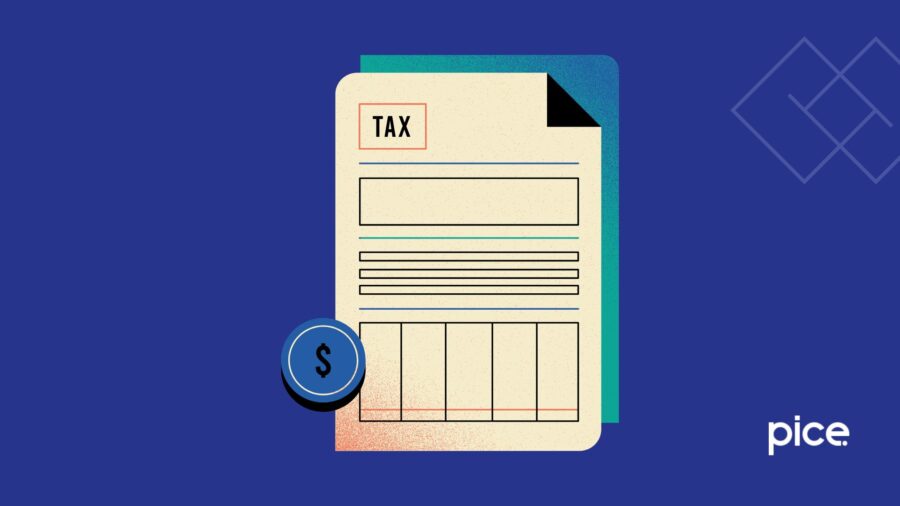
How Did the Constitutional Framework of Indirect Tax Before GST?
Key Takeaways
- The Indian tax system before GST was complex and multilayered, with overlapping Central and State levies.
- Key constitutional articles like 265, 269, and 286 defined the authority and distribution of indirect taxation powers.
- Businesses faced challenges like tax cascading, inter-state trade barriers, and administrative inefficiencies pre-GST.
- GST was introduced to unify the indirect tax system, enabling seamless tax credits and reducing compliance burdens.
- Despite initial hurdles, GST transformed India’s tax regime into a more efficient, transparent, and business-friendly structure.
The GST or Goods and Services Tax system is one of the most significant tax reforms in India. Its implementation was on 1st July, 2027. Its goal is to streamline and simplify an indirect tax system. Before the introduction of the GST tax structure in India, there was a lot of complexity and a multi-layered structure.
There were a lot of direct and indirect taxes imposed by the Central and State governments. In this article, we will discover the constitutional rules of indirect tax before GST. Read on to learn more about the constitutional framework of indirect tax before GST.
What is an Indirect Tax?
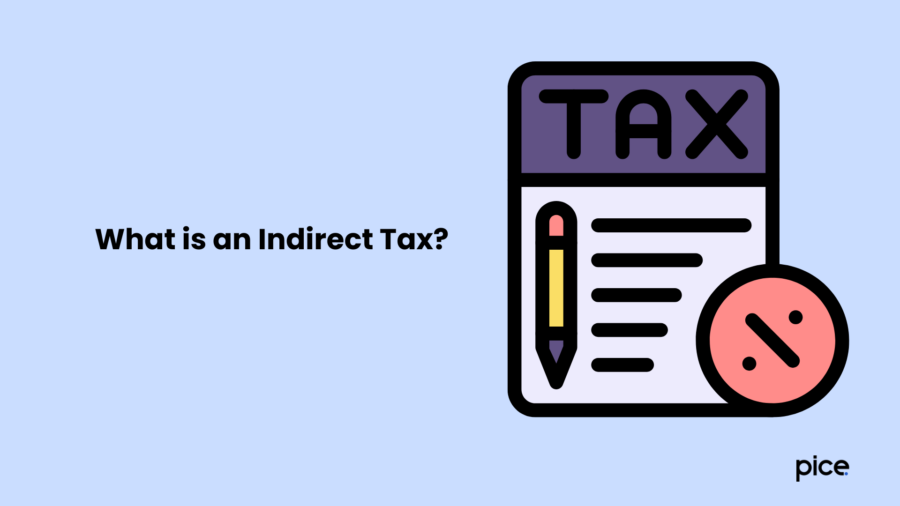
The imposed tax on common types of products and services is also known as an indirect tax. Indirect taxes are not imposed directly on the income of an individual. Rather, it only gets added to the cost of products or services purchased by the seller. They need to pay taxes for purchased business supplies. A single-party supply chain, like a manufacturer or retailer, collects and then pays the government an indirect tax.
However, if a retailer or manufacturer includes the tax on the price that a customer has to pay while purchasing a good or service. The tax is paid by a customer only, and this increases the initial cost of the product.
Constitutional Provisions Before GST
The Indian Constitution divides powers of levying taxes between the State and Central governments of three respective lists - Union List, State List and Concurrent List. This is all by the Seventh Schedule. Here are a few key articles related to indirect taxes:
- Article 265
According to this Article, no tax can be collected or levied except by the authority of law. This article makes sure that all taxes have a legal foundation.
- Article 286
There are restrictions on states' power to impose taxes on supply services and goods when it comes to interstate commerce or trade.
- Article 286 (3)
This article states that no state can impose a tax on sale or purchase of goods when it takes place outside the state or during export or import.
- Article 270
The distribution of net proceeds about certain taxes between States and the Union, including those taxes on income apart from corporate tax.
- Article 269
Article 269 provides a uniform distribution of taxes between Union and States. This is more for taxes levied on the supply of goods and services.
- Article 271
Article 271 of the Constitution in India enables Parliament to increase any taxes or duties as mentioned in Articles 269 and 270. They can do this by introducing an additional surcharge for a specific purpose. The proceeds collected from such a surcharge are credited to the Consolidated Fund of India.
- Article 279A
This introduction of this article was in the 122nd Amendment Act in 2014 to facilitate creation of Goods and Services Tax Council. This council was responsible for recommending design, structure and implementation of GST.
Challenges and Issues Pre-Establishment of GST Framework
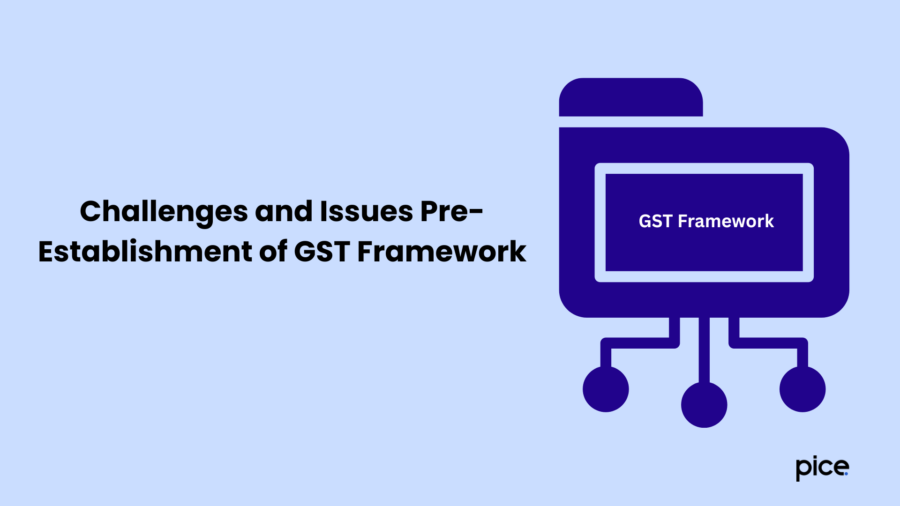
There were a lot of key issues before the establishment of GST framework. Here is an overview of a few such compliance issues of the constitutional framework of indirect tax before GST:
- Complexity of Tax Payment Systems
Before GST implementation, there was a multiplicity of taxes. Furthermore, a cooperation between the Central and State governments led to a more complicated structure of taxes. This led to cascading effects. There were many inefficiencies due to tax on tax nature and an increased cost of compliance on part of businesses and entities.
- Inter-State Trade Problems
The fragile nature of tax systems for direct tax compliance across various states leads to obstacles in inter-state trade and commerce. Thus, compliance for businesses meant following each state's set tax rates and rules.
- Lack of Proper Uniformity
Prior to the introduction of GST framework by the Government of India, there was a lack of proper uniformity, and this led to confusion and disparities. It actively affected businesses which operated across various states.
- Overlap in Administration
The existence of state and central taxes at the same time led to an overlap and a lack of administrative coordination. This increases the tax liabilities for businesses.
Transitional Provisions Before Establishment of GST Framework
Here is an overview of a few transitional provisions which were previously set in place before the establishment of the GST framework:
- ITC (Input Tax Credit) for Closing Stocks
Businesses were earlier allowed to claim an ITC (Input Tax Credit) on held stocks during closing time. This was only if stock was purchased within last year and was used for taxable supplies as deemed under GST.
- Considerations for Service Providers
The service providers also had to pay special attention to rules regarding place of supply under GST. It was determinant for tax rate and payment status. It had an impact on compliance and tax liability.
- Treatment of Unfinished Goods and Existing Contracts
For unfinished goods and ongoing contracts, businesses were required to make an assessment of GST impact and then renegotiate as necessary. This was to factor in new rates and provisions of an input tax credit.
Advantages Post-Transition to GST
By recognising the challenges mentioned above, India undertook a lot of tax reforms by introducing GST. The goal was to create a streamlined and unified tax system in India, which would:
- Decrease the Cascading Effect
By enabling the input tax credit for the tax pair on various inputs, GST aimed to remove a tax-on-tax effect. This also reduced tax liabilities on part of taxpayers.
- Increase Efficiency
An introduction of GST simplified the tax structure and reduced administrative complexity.
- Promote an Inter-State Trade
By submitting the various state and central taxes into a single tax, GST sought to ease the flow of services and goods across the inter-state borders.
Features of Indirect Taxes
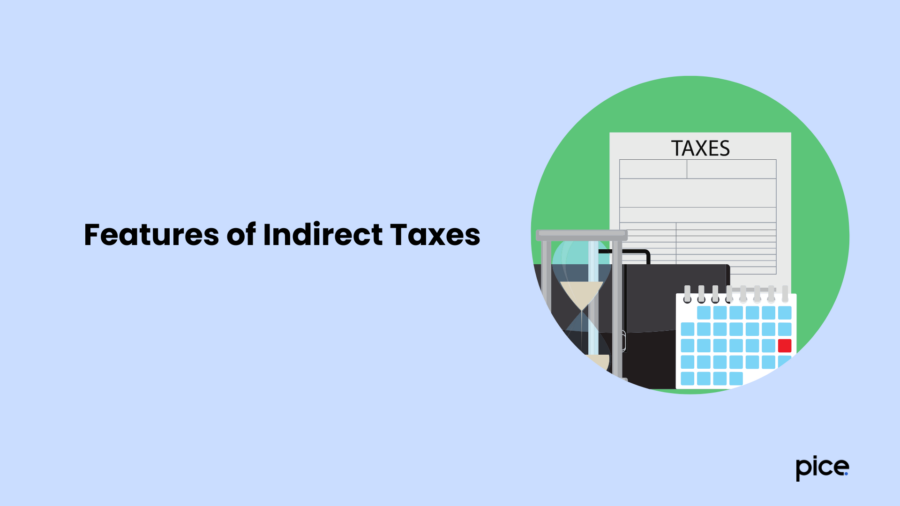
Here is an overview of the features of Indirect taxes:
- Transferability
Indirect taxes by nature are transferable. They are transferable from one party to another until it finally reaches the consumer.
- Broad Tax Base
This form of tax is levied on a vast spectrum of services and commodities. They have the effect of covering a vast client base and also pose a higher capacity for tax collection.
- Regressive Nature
Indirect taxes have a very regressive nature. This is because they take a big percentage from low-income groups as compared to the high-income groups. Everyone essentially pays the same rate despite their ability to pay.
- Simplified Collection of Taxes
There is an ease of collection when it comes to collecting indirect taxes as they fall under the incorporation of the cost of goods and services themselves.
- Inflationary Impact
An indirect tax consists of several taxes which also play a role in the rate of inflation.
- Tax on Consumption
These taxes are wholly based on consumption, as they do not interfere directly with the income. Rather, they influence the price of goods and services.
Types of State Indirect Taxes
Here is an overview of the different types of Indirect taxes that are available now, post-indirect tax implementation:
- VAT or Value Added Tax
VAT came into the scene in various states according to the VAT Act of the year 2003. It enabled a system of taxing value added at every individual stage of the supply chain, rather than only the final sale.
- Sales Tax
Before the introduction of VAT, the imposition of sales tax was on the sale of goods within a state. This tax was then under the governance of the State Sales Tax Acts.
- Luxury Tax
These taxes are on luxury services and goods of high-end accommodation and hotels. They are under the governance of a set of state-specific laws.
- Entertainment Tax
This type of tax is imposed on the entertainment industry, including amusement parks, cinema halls and other kinds of entertainment. This tax is under the governance of state-specific legislation.
- State Excise Duty
This kind of excise duty is only applicable to the sale of goods within a state. The tax was governed by the respective State Sales Tax Acts.
- Stamp Duty
This is a type of indirect tax levied by the State Government on immovable property transfers of the respective states. Additionally, the State Government also levies taxes on the legal documents. The stamp duty rate differs from one state to another.
Types of Central Indirect Taxes
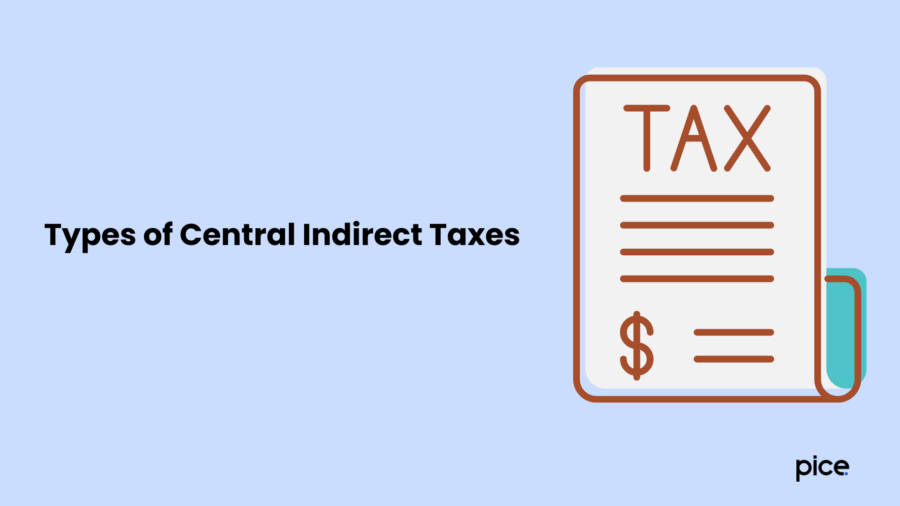
The Central government also has the authority to levy several indirect taxes since the introduction of GST, namely:
- Central Excise Duty
The Central Duty has an imposition on the manufacture of goods within Indian borders. According to the Constitution, an excise duty is also known as a Union Tax. The rules and rates that are under the Central Excise Act, 1944. This kind of tax was applicable to production of goods within India and ones which were imported into the country.
- Service Tax
This tax has an imposition on the services which are provided by the service providers under the Finance Act, 1994. This was a new form of indirect tax that established in the year 1994. It covers a vast range of services.
- Basic Customs Duty
The basic customs duty is levied on goods across the borders of India. It is under governance of Customs Act, 1962. This tax aims to regulate international trade and protect domestic industries.
Criticisms and Limitations of GST
GST also has a fair share of criticism and challenges apart from its benefits. Here is an overview of them:
- Compliance Issues
The transition to GST includes learning new compliance systems along with the new technology used for it. Many small businesses initially struggled with this change and hence required government support.
- Exclusion of Particular Goods
There are categories of goods like electricity, alcohol and petroleum products which remain outside GST. It leads to a continued tax inefficiency in such sectors.
- Adjustment Rates
Frequent changes to the GST classifications and rates have led to confusion. The GST Council has tried to avoid this, but the initial instability has impacted the planning of businesses.
Conclusion
Overall, the constitutional framework of indirect tax before GST was marked by complexity, overlapping jurisdictions, and inefficiencies that hindered trade and increased compliance burdens. The introduction of GST aimed to address these issues by creating a unified tax structure, promoting ease of doing business, and improving inter-state commerce.
While GST brought significant advantages, it also faced initial challenges. Nonetheless, it represents a transformative shift toward a more streamlined and transparent taxation system for a growing economy.
💡If you want to streamline your invoices and make payments via credit or debit card or UPI, consider using the PICE App. Explore the PICE App today and take your business to new heights.







